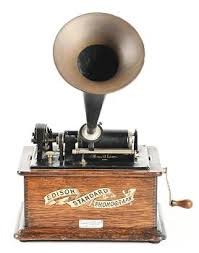Yes, I understand this well.Ron, Perhaps you don’t understand the design of my loudspeakers. They are meant to go into the corners. It is an integral part of the design.
I understand that for you corner placement is an advantage, not a compromise. For me and for many people it would be a compromise.That is not a compromise and I actually think it’s an advantage for a number of reasons.
I hold up my speakers and amp pairing as not compromised and not involving tradeoffs in the sense you are using to describe your situation and to solicit advice.
I agree that the pairing of your speakers and amp is not compromised and is a wonderful synergy.
Al and I should have excluded from the compromise point about amp/speaker pairing speakers which are extremely sensitive and can be driven by virtually any amplifier.The discussion was about matching an amplifier to speakers as being inevitably a compromise between different trade-offs.
Last edited:



